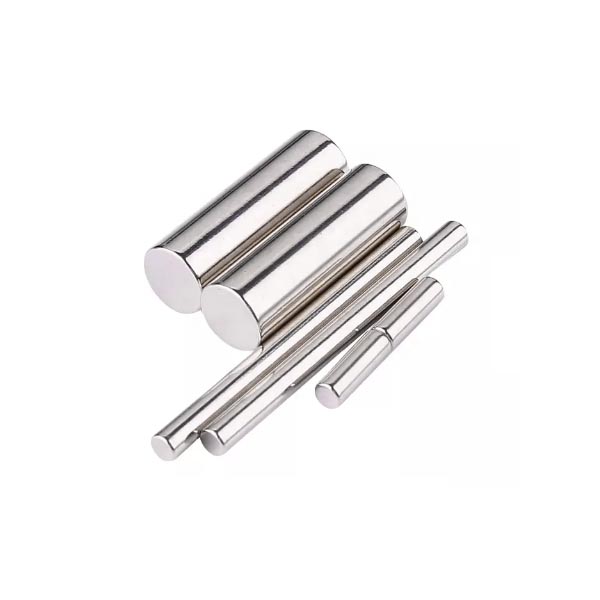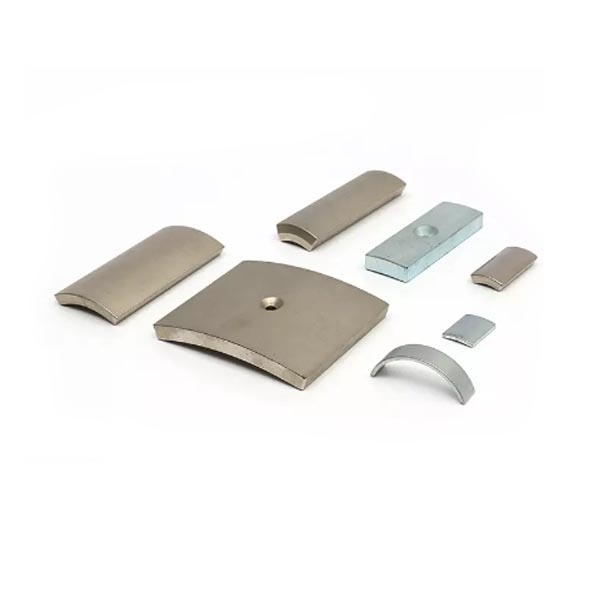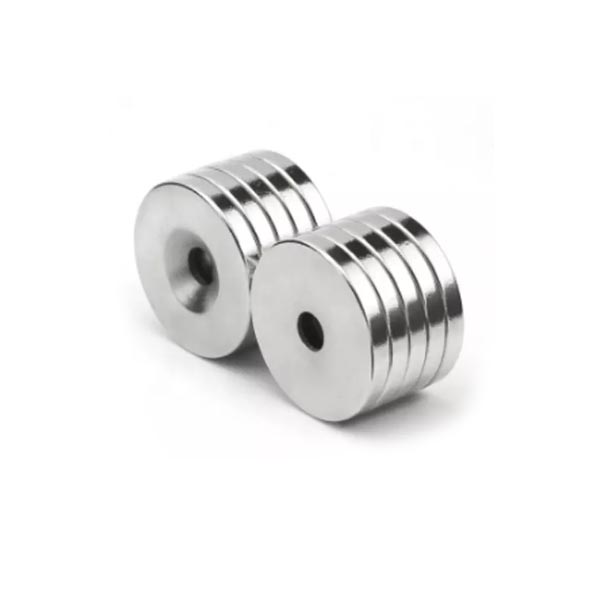Have you ever browsed magnets and come across both the "U-shaped" and "horseshoe" designs? At first glance, they appear identical—both have the iconic curved-rod look. But take a closer look and you'll see subtle differences that can significantly affect their performance and optimal use. Choosing the right magnet isn't just about aesthetics, it's about harnessing magnetic force effectively.
Let's break down these magnet "big brothers":
1. Shape: Curves Are King
Horseshoe magnets: Imagine the classic horseshoe shape used for horseshoes. This magnet has a relatively wide bend, with the sides of the bend flaring slightly outward. The angle between the poles is more obtuse, creating a larger, more accessible space between the poles.
U-shaped magnets: Imagine a deeper, tighter "U" shape, like the letter itself. This magnet has a deeper bend, tighter bend, and the sides are usually closer together and more parallel. The angle is sharper, bringing the poles closer together.
Visual Tip: Think of a horseshoe as "wider and flatter" and a U-shape as "deeper and narrower."
2. Magnetic Field: Concentration vs. Accessibility
Shape directly affects the distribution of the magnetic field:
Horseshoe magnet: The larger the gap, the wider the magnetic field between the poles and the less concentrated it is. While the magnetic field is still strong near the poles, the field strength decays faster between the poles. The open design makes it easier to place objects within the magnetic field area.
U-shaped magnet: The smaller the bend, the closer the north and south poles are. This makes the field strength between the poles stronger and more concentrated. The field strength in this narrow gap is significantly higher than the wide gap of a similarly sized horseshoe magnet. However, the larger bend sometimes makes it more difficult to place an object precisely between the poles compared to a more open horseshoe.
3. Main Applications: Each has its own strengths
Ideal Uses for Horseshoe Magnets:
Educational Demonstrations: Its classic shape and open design make it perfect for classroom use—easily demonstrate magnetic fields with iron filings, pick up multiple objects at once, or demonstrate the principles of attraction/repulsion.
General purpose lifting/holding: When you need to pick up or hold ferromagnetic objects (e.g., nails, screws, small tools) and precise concentration of the magnetic field is not critical, the open design provides greater flexibility in positioning the object.
Poles need to be accessible: Projects that require easy access to or interaction with objects near the poles (not just between them).
Advantages of U-shaped magnets:
Strongly focused magnetic field: Applications that require maximum magnetic field strength at a specific narrow point. For example, magnetic chucks for holding metal workpieces during machining, specific sensor applications, or experiments that require a strong localized magnetic field.
Electromagnetic applications: Often used as the core component of certain types of electromagnets or relays, where concentrating the magnetic field is advantageous.
Motors and generators: In some DC motor/generator designs, the deep U-shape effectively concentrates the magnetic field around the armature.
U-Shaped vs. Horseshoe Magnet: Quick Comparison
While both horseshoe and U-shaped magnets feature a curved design, their shapes themselves differ:
Curvature and Pole Pitch: Horseshoe magnets have a wider, flatter, more open curvature, with the pole feet generally flaring outward, creating a larger, more accessible space between the poles. U-shaped magnets have a deeper, tighter, narrower curvature, bringing the poles significantly closer together in a more parallel fashion.
Magnetic Field Concentration: This shape difference has a direct impact on the magnetic field. The horseshoe magnet has a larger gap, resulting in a wider but less intense magnetic field between its poles. In contrast, the U-shaped magnet has a less curved curvature, resulting in a more intense and more intense magnetic field within the narrow gap between its poles.
Accessibility vs. Concentration: The open design of the horseshoe magnet makes it easier to place objects within the magnetic field area or interact with the individual poles. The deeper U-shape can sometimes make it slightly more difficult to precisely locate objects between its poles, but this is balanced by its better magnetic field concentration in specific areas.
Typical benefits: Horseshoe magnets are versatile and ideal for education, demonstrations and general purpose mounting, with ease of handling and a wider capture area. U-shaped magnets are particularly useful for applications that require maximum holding force in confined spaces, strong local magnetic fields (e.g. magnetic chucks) or specific electromagnetic designs (e.g. motors, relays).
How to Choose: Pick Your Perfect Magnet
The choice between U-shaped and horseshoe magnets depends on your specific needs:
What is the main task?
Need maximum strength in a very small space (e.g. to firmly hold thin workpieces)?
Go with a U-shaped magnet.
Need to demonstrate magnetism, pick up loose items, or easily access the poles?
Go with a horseshoe magnet.
Need to attach the magnet to a larger object?
A horseshoe magnet may have a wider gap and work better.
Need to hold objects very close to each other?
The magnetic field of a U-shaped magnet is more concentrated.
Objects are scattered or need a larger holding area?
A horseshoe magnet has a wider coverage area.
Material matters, too!
Both magnet shapes come in different materials (Alnico, Ceramic/Ferrite, NdFeB). NdFeB magnets have the strongest holding power of the two shapes, but are more brittle. Alnico can withstand higher temperatures. Ceramic magnets are cost-effective and often used in educational/light-duty horseshoes. In addition to shape, consider material strength and environmental needs.
Consider practicality:
If ease of handling and placement of items is critical, the open design of a horseshoe generally wins.
If holding force in a confined space is critical, a U-shaped magnet is ideal.
Your Custom Neodymium Magnets Project
We can offer the OEM/ODM services of our products. The product can be customized according to your personalized requirements, including the size, Shape, performance, and coating. please offer your design documents or tell us your ideas and our R&D team will do the rest.
Post time: Jun-28-2025







